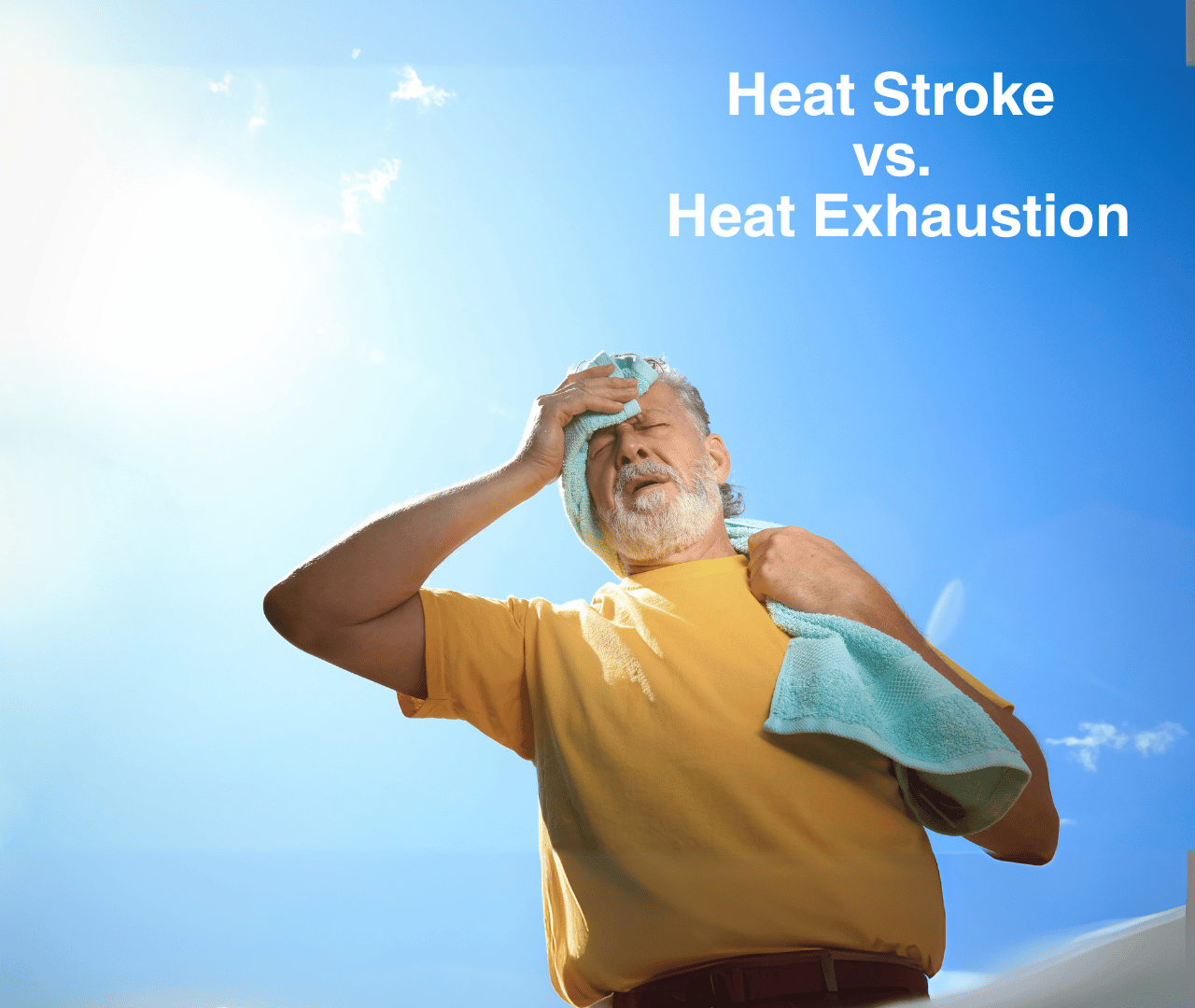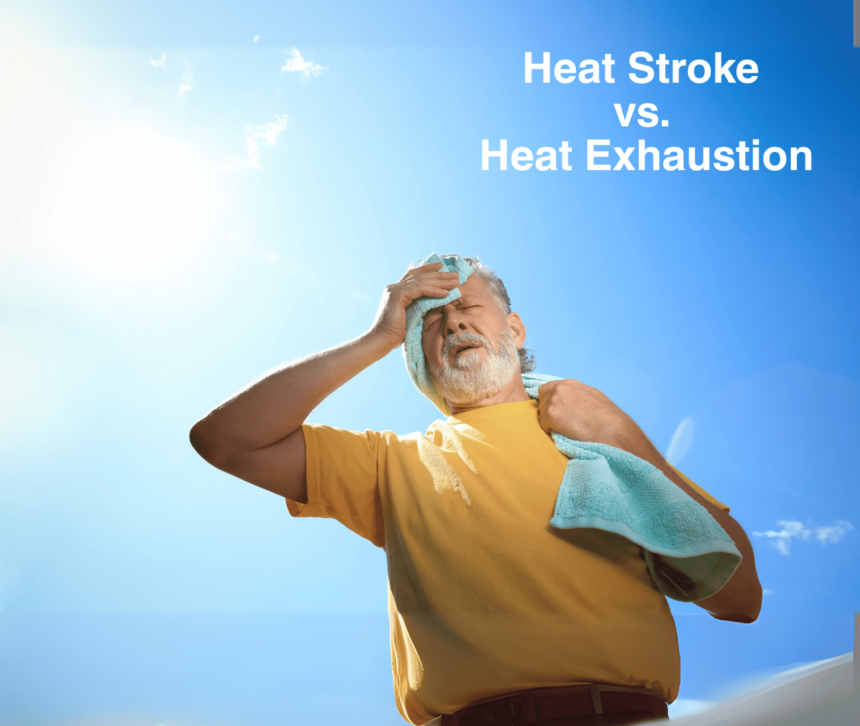
With temperatures soaring in the summer, heat-related illnesses become a major concern. Heatstroke and heat exhaustion are two serious conditions caused by prolonged exposure to high temperatures. Knowing the difference and taking the right precautions can help save lives.
What is Heat Exhaustion?
Heat exhaustion occurs when the body overheats due to excessive sweating and dehydration. It is a warning sign before heatstroke.
Symptoms:
- Heavy sweating
- Weakness or fatigue
- Dizziness or fainting
- Nausea or vomiting
- Headache
- Cool, moist skin
First Aid for Heat Exhaustion:
- Move to a cool, shaded area.
- Drink water or electrolyte-rich fluids.
- Lie down and elevate legs slightly.
- Loosen tight clothing and apply cool, damp cloths to the skin.
- Avoid caffeine or alcohol, as they can worsen dehydration.
- Seek medical help if symptoms persist for more than an hour.
What is Heatstroke?
Heatstroke is a life-threatening condition where the body’s temperature regulation fails, leading to dangerously high body temperatures.
Symptoms:
- High body temperature (above 103°F or 39.4°C)
- Hot, dry skin or profuse sweating
- Confusion, dizziness, or loss of consciousness
- Rapid heartbeat
- Nausea or vomiting
- Seizures
First Aid for Heatstroke:
- Call emergency medical services immediately.
- Move the person to a cool, shaded area.
- Remove excess clothing.
- Apply ice packs or cool water to the armpits, groin, and neck.
- Fan the person and offer cool fluids if they are conscious.
- Do not give aspirin or other fever-reducing medications.
Prevention Tips
- Stay hydrated by drinking plenty of water throughout the day.
- Wear loose, light-colored, breathable clothing.
- Avoid strenuous activities during peak heat hours (11 AM – 4 PM).
- Use sunscreen and wear a hat to protect yourself from direct sun exposure.
- Take breaks in shaded or air-conditioned areas if you are outside.
Conclusion
Both heat exhaustion and heatstroke are preventable if you take the right precautions. Understanding the symptoms and providing timely first aid can make a significant difference in saving lives.
At Sama Hospital, we prioritize your health and well-being. If you or someone you know experiences heat-related illness, seek immediate medical attention at our facility.


Leave a Reply